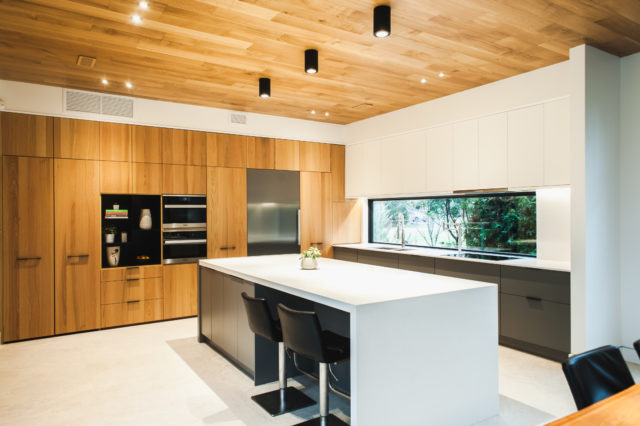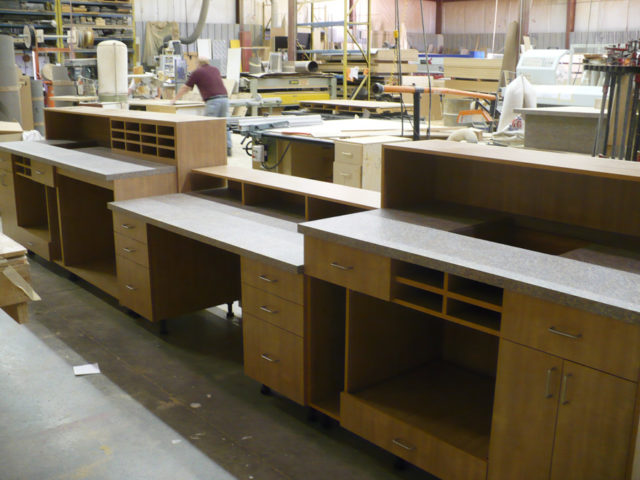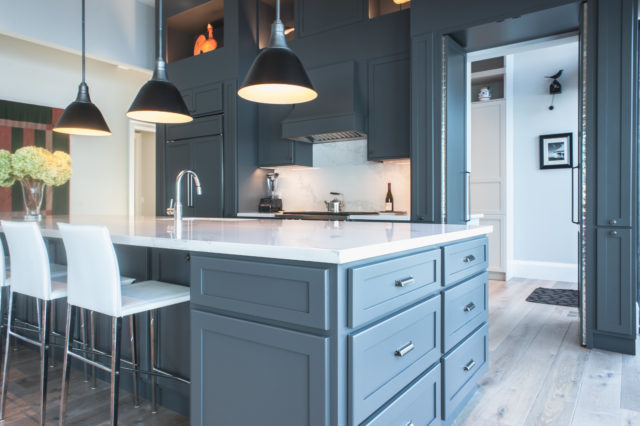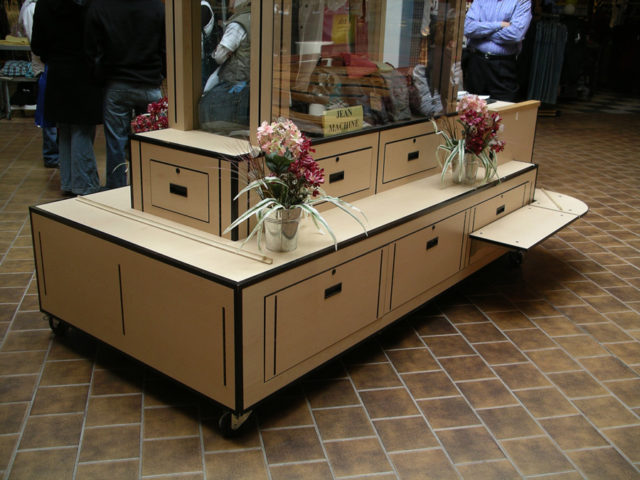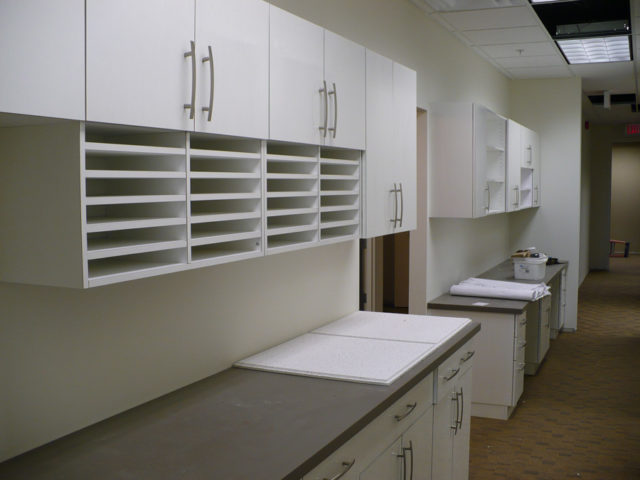-
Headquarters -
600 Neal Drive, Peterborough, Ontario, K9J 6X7
-
Year established -
1988
-
NAICS -
337110 - Wood kitchen cabinet and counter top manufacturing
-
Major expansions -
N/A
-
Employees -
24
-
Exports -
N/A
-
Download -
Cabinetree
Cabinetree designs and produces custom cabinetry for commercial and residential purposes. Offering an extensive selection of materials, styles, and accessories, Cabinetree has a reputation for high-quality customization.
Based in Peterborough, Ontario, Cabinetree designs and produces custom cabinetry for commercial and residential purposes. With investments in advanced equipment and plans to expand its digital and e-commerce capabilities, Cabinetree is positioning itself at the forefront of efficiency and innovation in the cabinetmaking industry.
Cabinetree was founded by its present owner and President, Dan Stanford, in 1988. The business quickly began to grow and has had to enlarge production facilities twice since its inception. In addition to its domestic sales, Cabinetree began exporting to the United States around 2004. However, the U.S. housing market contraction in the late 2000s erased many of the gains made in the two decades prior. Not only did a significant portion of the company’s U.S. market vanish, but Cabinetree also had to fend off additional competition from U.S. cabinetmakers that had moved into Canada in search of new business. Hence, while Cabinetree has managed to rebound in the local Canadian market, it still has not re-established itself as an exporter to the United States.
Stanford considers Cabinetree as an “import replacement,” which, he stresses, is just as important to the Canadian economy as an exporter.
Cabinetree supplies products for both commercial and residential settings. The company produces custom retail cabinetry and promotional fixtures for its commercial customers—typically big-box stores such as The Brick. On the residential side, Cabinetree focuses on custom kitchen cabinetry for new houses and renovations. Customers can choose any level of customization and Cabinetree involvement they want, from a purely do-it-yourself approach (i.e., Cabinetree manufactures and assembles the cabinets to the specifications provided, but nothing more) to a fully interactive experience (i.e., Cabinetree provides measurements, meetings with a designer, 3D computer models for visualization, manufacturing, and installation).
Stanford used to believe that the market was segmented such that standardized, do-it-yourself cabinetry made up the largest proportion of market demand, while only a small segment of the market preferred higher levels of customization. However, when Cabinetree conducted market research a couple of years ago, it found the opposite was true: there is more market demand for fully custom cabinetry. At the same time, Stanford cautions that this research may not necessarily represent the larger market; rather, it may simply reflect Cabinetree’s reputation for high-quality customization.
Much of Cabinetree’s production process has incorporated digitization and automation, leveraging multiple pieces of advanced software. 3D modelling allows customers to easily visualize products that match their specifications and preferences. Workers are then able to generate a digital part list and automatically cut each piece needed for assembly. Once the cabinets are assembled, they are shipped to the customer for installation.
While Stanford is confident that Cabinetree’s production process is world-class in terms of efficiency, he believes it can be improved even further. Cabinetree has recently outgrown its current production facility, so the placement of equipment is constrained by space. This issue has caused production to flow in an awkward, misshapen loop that is less efficient than if everything was arranged in a straight line. Additionally, many of the pieces of software used in production are unable to communicate with one another. Cabinetree has yet to find a software solution that enables automatic transmission of data between pieces of software, though the company continues to actively search for one.
Stanford hopes that integrating production software will also allow Cabinetree to enhance its data analytics capabilities. He notes that the cabinet and furniture manufacturing industry has been slow to adopt the use of big data in production. In contrast, Cabinetree’s management is keenly aware of the efficiency gains that Industry 4.0 techniques can bring, and is constantly looking for data solutions that can be implemented within the business.
In recent years, Cabinetree has tried to steer its business towards the Greater Toronto Area in order to take advantage of its larger market, thereby allowing the company to concentrate its product line. Stanford feels the Peterborough market is sparse enough that it requires Cabinetree to have a more diverse product line than is optimal. He has noticed that in this business, a large array of choices can leave consumers worse off by making it harder to choose between the many options. The same issue also makes it more difficult for Cabinetree to plan for production, as customer indecisiveness can lead to unpredictable deadlines.
Stanford is a passionate advocate for small and medium-sized manufacturers. As a member of various industry and regional economic associations (including the Eastern Ontario CFDC Network, of which Stanford is a former Chair), he has advocated for a better understanding of the unique challenges and opportunities that small manufacturing businesses face. Stanford has tried to combat the perception that Ontario businesses outside of the technology industry are not innovative, and points to Cabinetree as an example of the many innovation-focused manufacturers throughout the province.
However, Stanford believes that more can be done to support manufacturing in Ontario. He suggests critically reviewing Ontario’s business regulations to remove those that are ineffective yet constraining to business. For instance, he notes, Cabinetree has had to pay engineering consultants thousands of dollars to resolve a technical discrepancy regarding the safety certification of its machinery, which has caused the firm to postpone large investments in new equipment. Further, Stanford urges municipalities to re-evaluate their external contracting criteria to make them less restrictive for local businesses.
“We’re the future in most municipalities,” says Stanford, referring to small and medium-sized manufacturers.
Despite Cabinetree’s success, Stanford remains cautious about the business’s future, citing macroeconomic trends. He worries about the potential effects that high levels of household debt could have on the stability of Canada’s housing market, especially if interest rates rise in the near future. He also expects Cabinetree’s commercial sales to drop within the next couple years, believing that retail power centres, such as strip malls, are overbuilt.
To mitigate these concerns, Stanford is ensuring that Cabinetree continues to invest in leading-edge production capabilities and diversify its product line. By keeping its cost structure as low as possible, the company should be able to remain competitive even if the market contracts. Currently, Cabinetree is working on introducing a new purchasing system that would allow customers to design and order custom cabinetry and storage furniture completely online. The company already has the production capabilities in place to fulfill these orders, but still needs to develop the online user interface. Stanford expects this online marketplace to materialize within the next few years.
Published: August 27, 2019
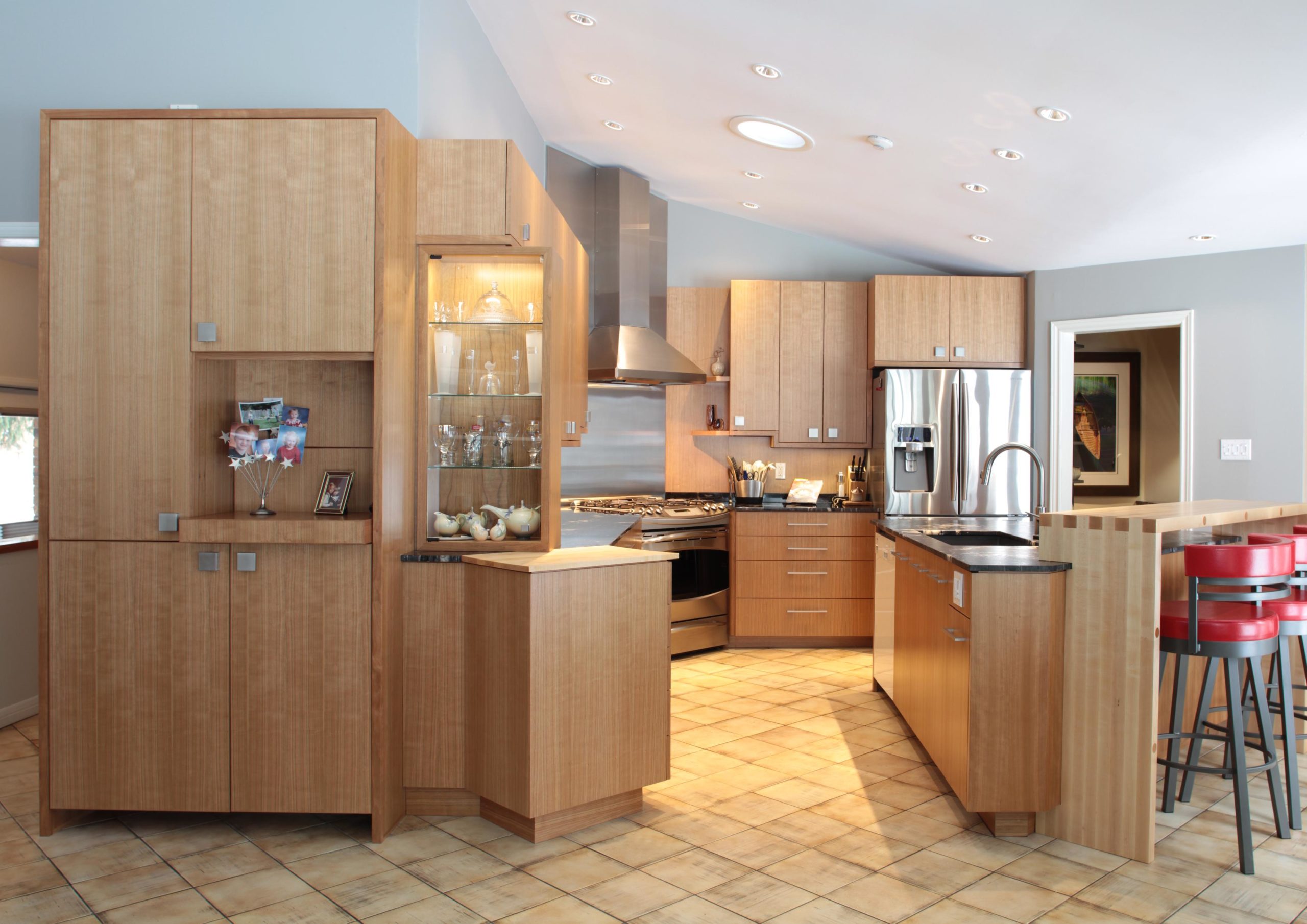
Cardinal Fine Cabinetry
Cardinal Fine Cabinetry has a long and successful history as one of London’s top design firms manufacturing kitchens, vanities and residential millwork.

Laurysen Kitchens
Laurysen Kitchens Ltd. is a kitchen, bathroom, cabinet, and vanity manufacturer located in the Ottawa region of Ontario. It houses a 55,000 square foot facility with state-of-the-art technology to service customers in Canada and the United States. Since its inception it has been family-owned and -operated, and the business is currently run by the second and third generations of the Laurysen family. Its major customers include all of the biggest home builders in Ottawa, local retail consumers, renovators, and customers across Ontario who purchase its products through its extensive dealership network.
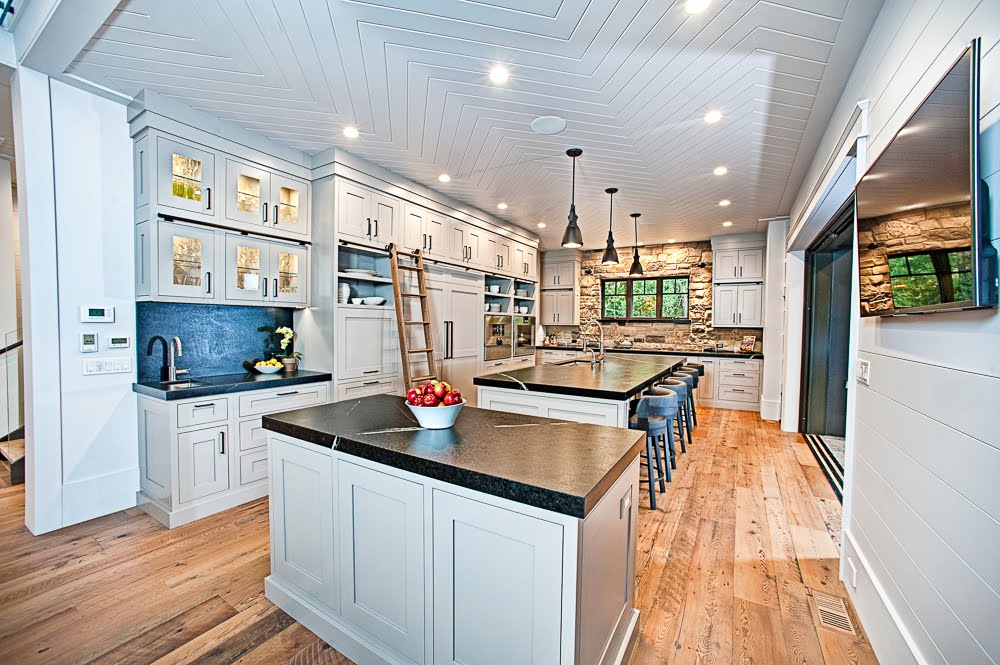
Chervin Kitchen & Bath
Chervin Kitchen & Bath Inc. is a custom kitchen cabinet and wood furniture manufacturer. The firm is motivated by the Golden Rule: Do unto others as you would have them do unto you.

Pan-Oston Limited
Pan-Oston is a leading manufacturer of metal retail fixtures, best known for producing checkout lanes. The firm is a founding member of a cooperative organization, Complete Retail Solutions (CRS), which joins together best-in-breed manufacturers of complementary retail fixtures to create a stronger presence in the industry than any one member would have individually. Halfway through a five-year strategic plan, Pan-Oston is revamping to remain ahead of the curve of an evolving retail environment with implications in market conditions, consumer preferences, and e-commerce.
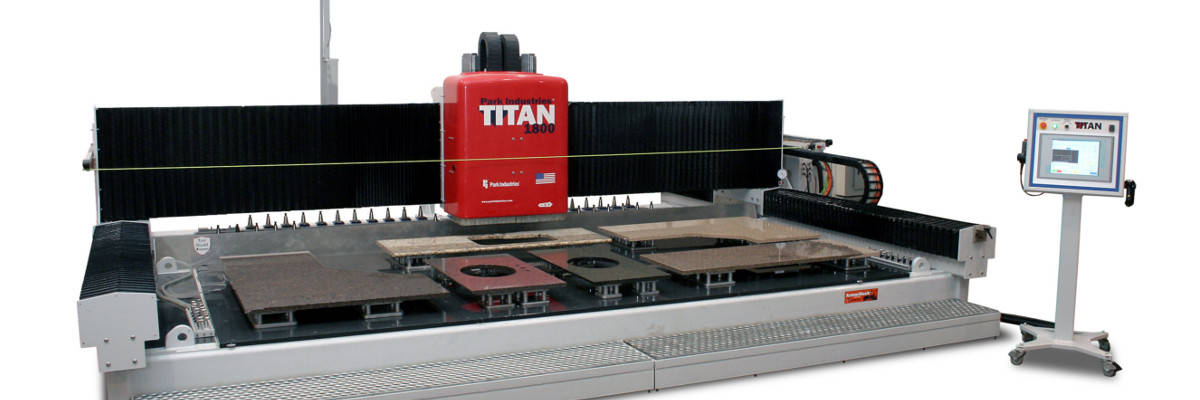
KW Countertop
Postform is the manufacturing arm of KW Countertop, producing high quality and environmentally friendly countertops from various materials.

